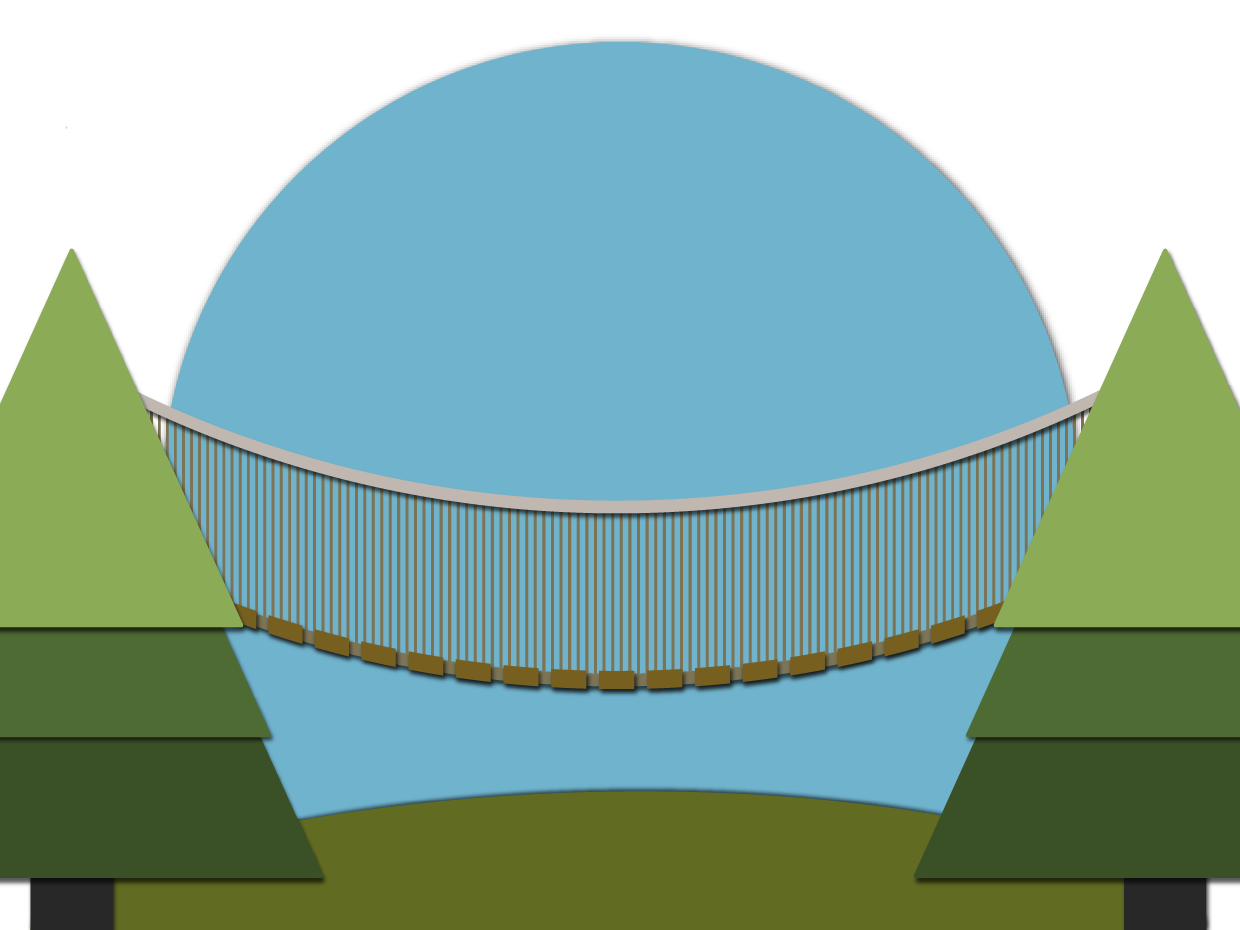Your Registered Retirement Savings Plan (RRSP) and Tax-free Savings Account (TFSA) are both tax-sheltered, but each account has different limits on how much money you can contribute annually. Learn more below about the differences between RRSP and TFSA contributions.
On this page you’ll find
RRSP and TFSA contributions
A Registered Retirement Savings Plan (RRSP) is a type of investment account designed for retirement savings. A Tax-free Savings Account (TFSA) may be used for any type of savings goal, including retirement.
Any money you hold in RRSPs and TFSAs is tax sheltered. RRSP contributions are tax deductible, but TFSA contributions are not.
Each type of account has a different limit on how much money you can contribute each year. For RRSPs, this amount depends on how much income you earned that year. For TFSAs, the amount is the same each year for all Canadians.
Making RRSP contributions
You must have earned income to contribute to an RRSP. To start building RRSP contribution room, you have to file an income tax return — even if you don’t owe any tax. Your notice of assessment will tell you how much money you can put into your RRSP each year.
Claiming your RRSP contributions
You can claim a tax deduction for the amount you contribute to your RRSP each year. Here’s how it works:
- You can claim up to certain limits each year.
- If you have a pension plan, your RRSP contribution will be reduced by an amount known as a pension adjustment or PA. Your PA is reported on your T4 slip each year.
- If you don’t contribute the full amount you are allowed in any one year, you can carry forward any unused contribution room.
- You don’t have to deduct amounts in the year you contributed them. For example, you can wait until you are in a higher tax bracket.
Learn more about contributing to an RRSP.
You must file a tax return to earn RRSP contribution room. You don’t have to file a tax return to earn TFSA contribution room. Learn more about the differences between TFSAs and RRSPs.
Making TFSA contributions
Unlike an RRSP, you can’t deduct your contribution from the income you report on your tax return. Here’s how TFSA contributions work:
- You can contribute to a TFSA whether or not you have earned income that year.
- You don’t have to earn contribution room in a TFSA.
- You have to be 18 or older and have a valid Canadian Social Insurance Number (SIN).
- For 2023, the TFSA contribution limit is $6,500. Each year, the amount is indexed to inflation and rounded to the nearest $500.
- If you don’t contribute the full amount you are allowed in any one year, you can carry forward any unused contribution room, based on the contribution limits for each year.
Summary
- You can deduct your RRSP contributions, up to certain limits, from your taxable income.
- You can’t deduct your TFSA contributions from your taxable income, but any Canadian can use a TFSA regardless of income level.
- RRSPs are primarily designed to help you save for retirement. TFSAs may be used for any savings goal.
